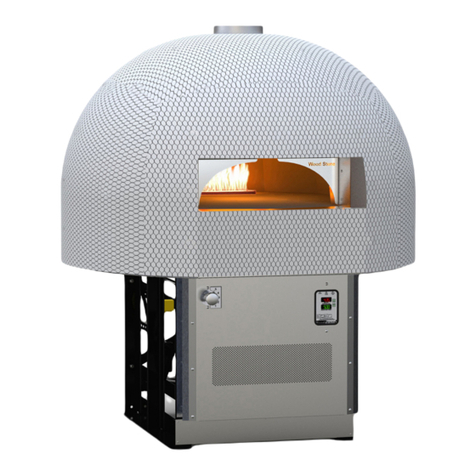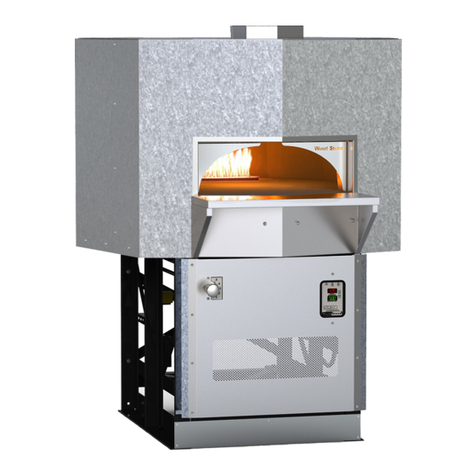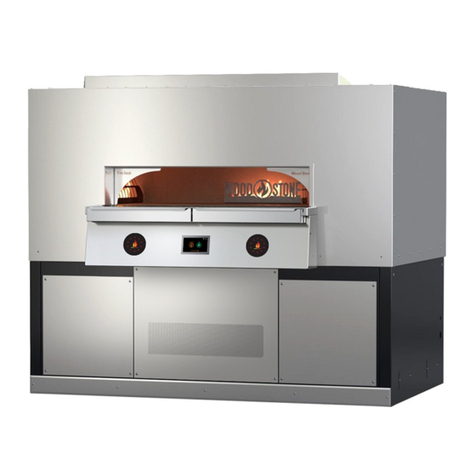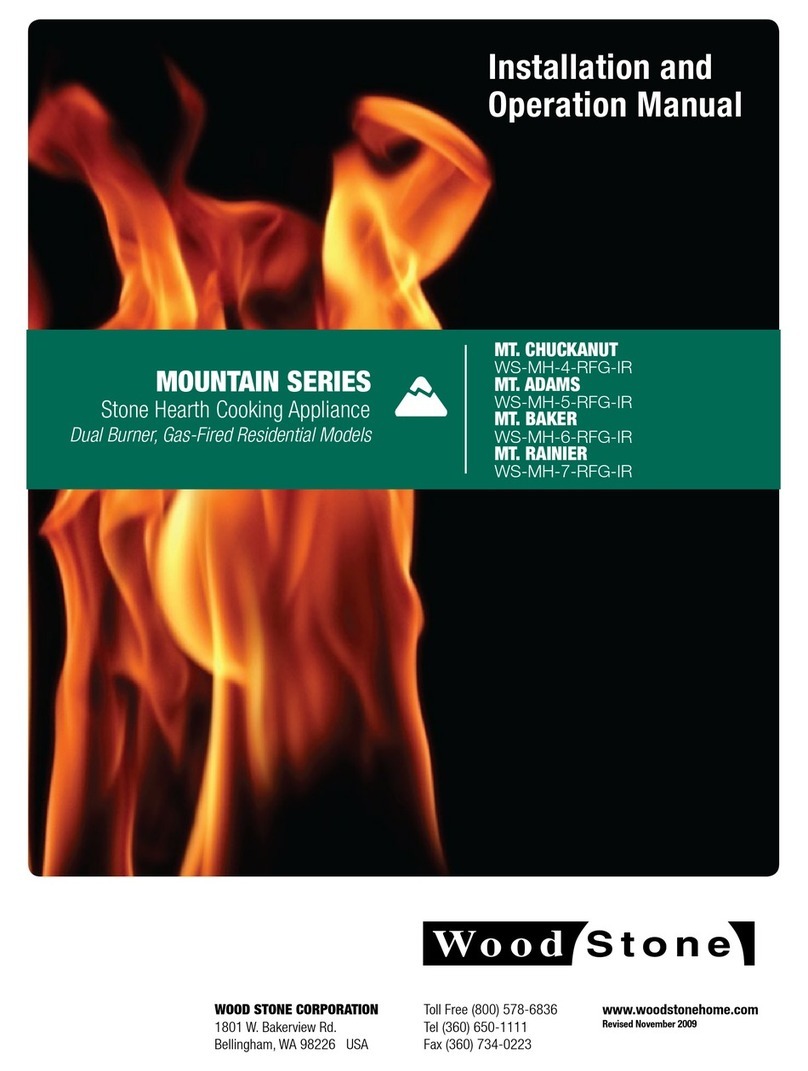Wood Stone MOUNTAIN Series User manual
Other Wood Stone Oven manuals

Wood Stone
Wood Stone FIRE DECK 6045 User manual

Wood Stone
Wood Stone FIRE DECK 8645 User manual

Wood Stone
Wood Stone WS-GFT-31 User manual

Wood Stone
Wood Stone TRADITIONAL Series User manual

Wood Stone
Wood Stone WS-MS-4-RFG-NG User manual

Wood Stone
Wood Stone TANDOOR Series User manual

Wood Stone
Wood Stone BISTRO 4343 WS-BL-4343-RFG-LR-NG User manual

Wood Stone
Wood Stone 8645 User manual

Wood Stone
Wood Stone ONEREV WS-RV-7880 User manual

Wood Stone
Wood Stone WS-FA-9660 User manual

Wood Stone
Wood Stone PHOENIX 3030 User manual

Wood Stone
Wood Stone MOUNTAIN Series User manual

Wood Stone
Wood Stone Mountain Home WS-MH-4-RFG-IR User manual

Wood Stone
Wood Stone FIRE DECK 9690 User manual

Wood Stone
Wood Stone TRADITIONAL SERIES WS-TS-5-W User manual

Wood Stone
Wood Stone FIRE DECK Series User manual

Wood Stone
Wood Stone BISTRO 3030 User manual

Wood Stone
Wood Stone FIRE DECK Series User manual

Wood Stone
Wood Stone FIRE DECK CE Series User manual

Wood Stone
Wood Stone TRADITIONAL Series Owner's manual
Popular Oven manuals by other brands

Brandt
Brandt FC 222 user manual

aumate
aumate TOA20M04N-1E instruction manual

Maytag
Maytag CWE4100AC - 24" Single Electric Wall Oven Dimension Guide

Kernau
Kernau KBO 1076 S PT B instruction manual

Bosch
Bosch HB 37 N Series User manual and installation instructions

Electrolux
Electrolux EOD5420AA user manual

























